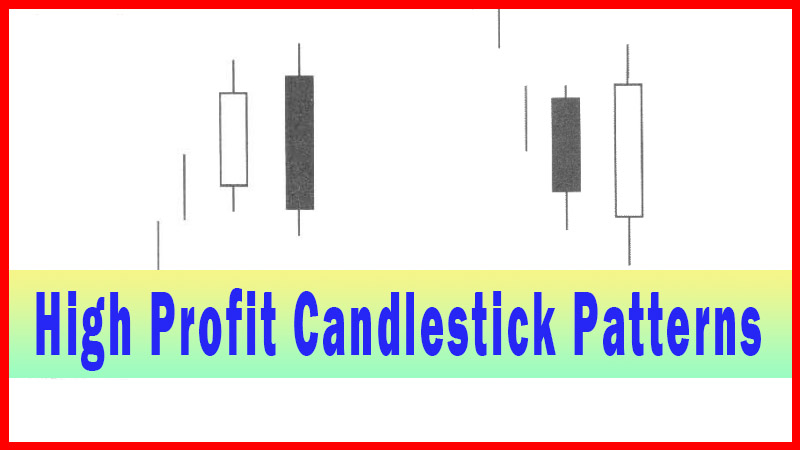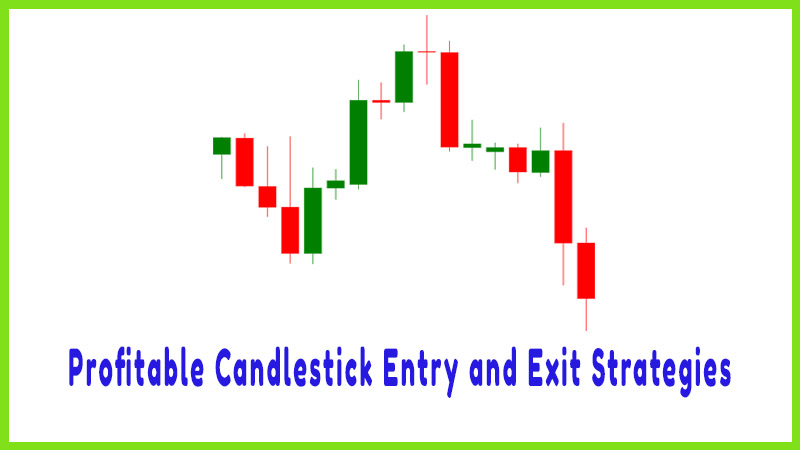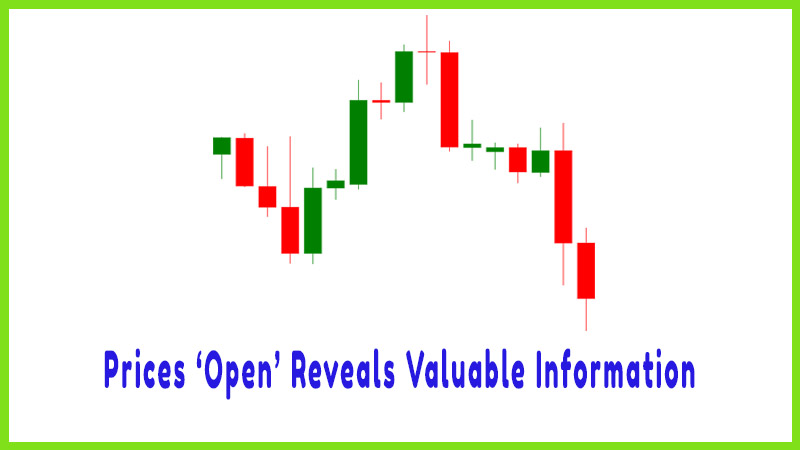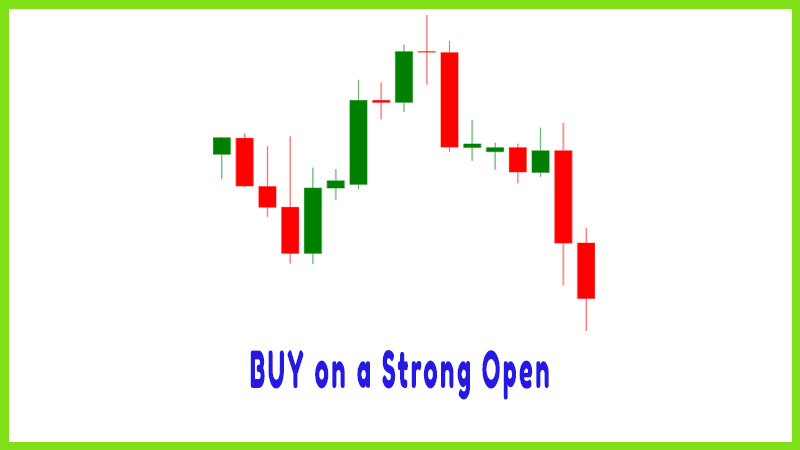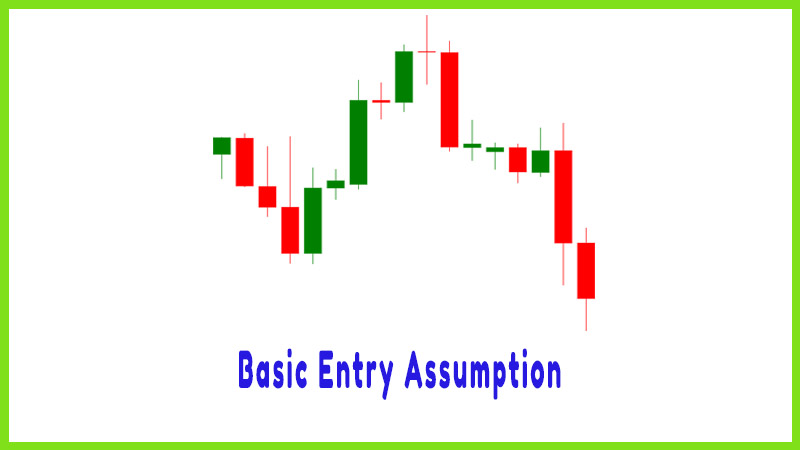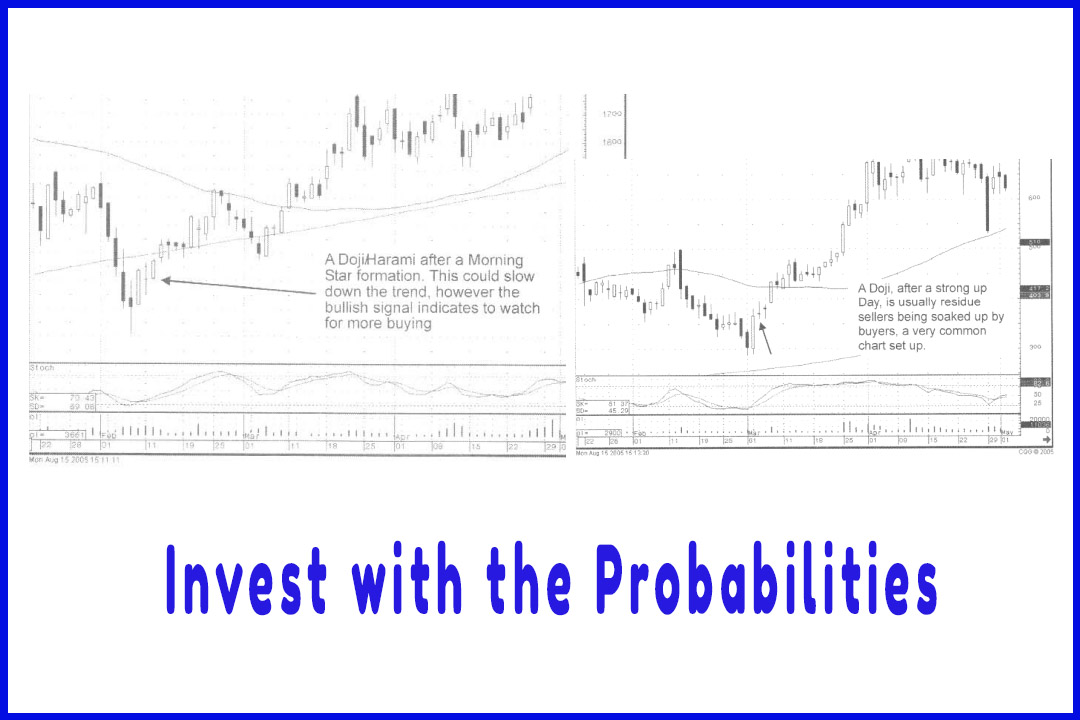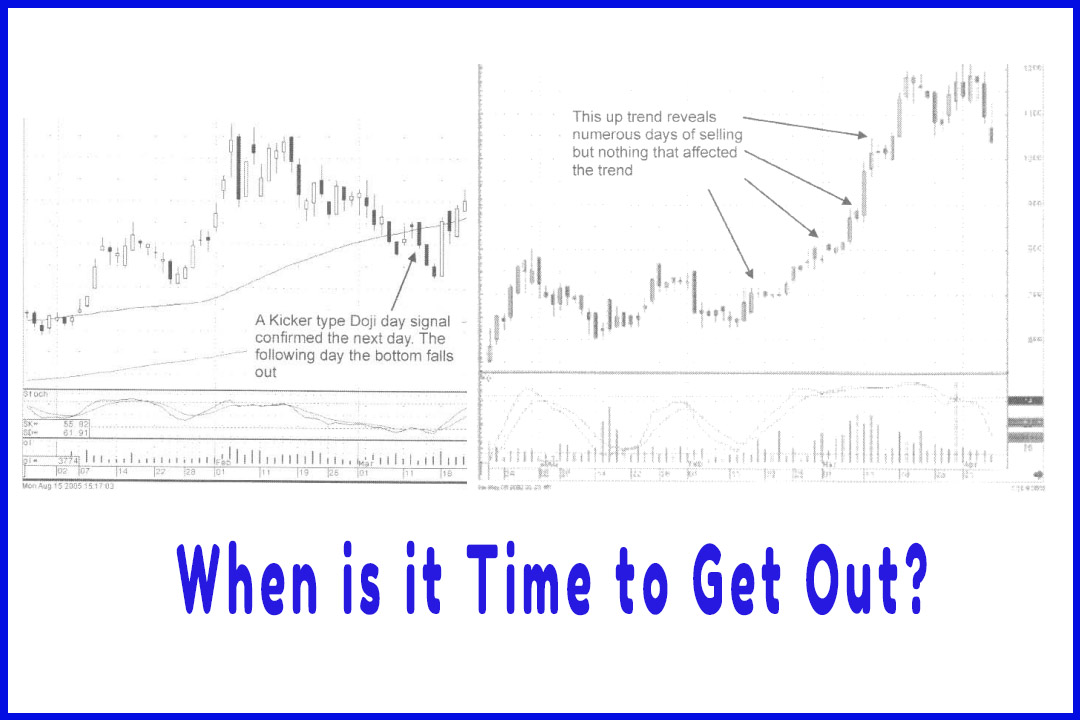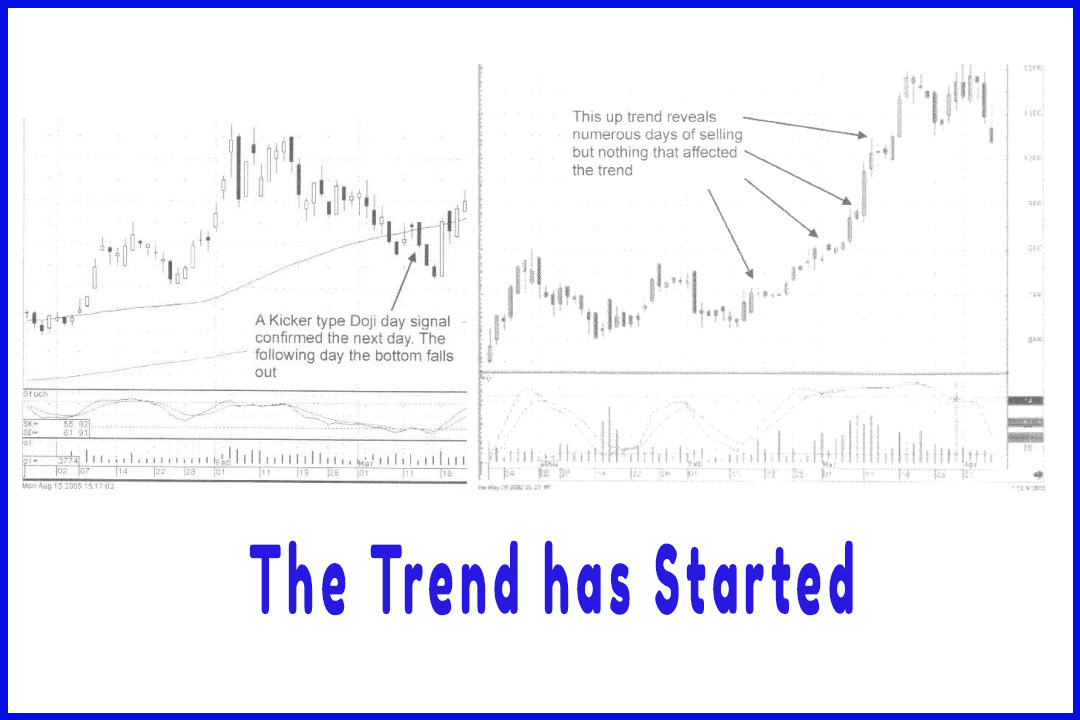Use Pre-open Indicators to Improve Profits
Candlestick analysis, Candlestick pattern, Best Candlestick Pattern, Top Candlestick Ebook, Bullish Pattern, Best market opening indicators
Course: [ How To make High Profit In Candlestick Patterns : Chapter 8. Candlestick Entry and Exit Strategies ]
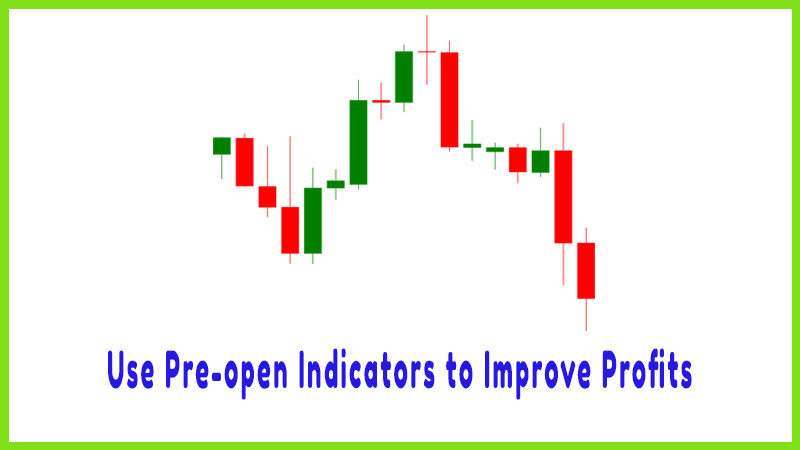
The Candlestick investors can watch the movement of the stock price. If it is consistent with the other factors of a strong or weak open, the trade can either be executed or withheld until the proper factors are evident.
Use Pre-open Indicators to Improve Profits
Knowing
that the open consists of a period of inordinate volume, the Candlestick
investors can watch the movement of the stock price. If it is consistent with
the other factors of a strong or weak open, the trade can either be executed
or withheld until the proper factors are evident.
The
‘other’ factors are simple indicators of what the market direction should be
once the market opens. Each morning the futures can be observed in many places.
CNBC has the DOW, NASDAQ, and S&P 500 futures posted in the lower right-hand
corner of the TV screen. If a position were ready to be implemented, it would
not be prudent to place the trade on the long side if the futures were
illustrating heavy selling on the open. Tire signals need continuing confirmation
that the buyers are still around. Dramatic selling pressure on the futures
before the markets open is an indication that the buyers may not want to fight
the selling pressure that morning. The direction of the index may be projected
by what formations appeared prior to the next open. If it is expected to be in
an upward direction that day, then the futures should be confirming that sentiment
in their activity before the open.
If the
direction of the market is projected to go higher, a small pullback of the
futures should be tolerable. If the futures leave the “open” as questionable,
check the pre-open price of the stock itself. Having software that shows premarket
bids and asks provides a clear indication of what is happening in the demand
for that stock as it gets near the opening time. That will be the most
important illustration of how the buyers and sellers are lining up on the open.
That does not mean that is the final indication. Sometimes a buyer or seller
will commit their buy or sell order immediately after the market opens, not wanting
to show their hand too early.
If the
level of tire bid and ask does not produce any concrete decisions, investigate
how some of the companies in the same industry are acting on the pre-open. If
they are opening above or below the previous nights close, that information
should add some insight as to how the stock in question is going to act. (Take
notice of the volume, if possible, pre-market. Sometimes very little volume
will move prices more than what the regular market conditions warrant.)
The first
thirty minutes after the market opens it will swing around a bit. The general
analysis should have reduced some of the potential possibilities of what might
happen the next day. Buying ‘long’ when there is overwhelming evidence that the
indexes arc going lower should not be done aggressively. Part of the previous night’s
evaluation involved seeing continued buying strength in the markets in general
the next day.
Buy on a
strong open. Your analysis leans toward an “up” day. The stock you are trying
to buy had a bullish signal tire prior day. Four combinations can occur on tire
open.
1.
The Indexes/Futures appear to be
opening positive. The pre-market indication on the stock price is opening
higher than the close of the night before. The buyers have not disappeared.
This scenario best fits with your analysis. In this case, there is no reason
why the position should not be bought as quickly as possible. Buy at the market
on the open.
2.
The Indexes/Futures are showing
strength but the stock position is opening lower than the close of the
previous day Analyze the situation. If the “buy” signal was created by
extensive buying, which created the signal, some of that buying may have been
‘fearful’ short covering near the close. That buying may have caused an extra boost
in the price on the close. It would not be unusual to see some traders taking
quick profits, moving the price slightly down on the open. If this scenario
happens, watch how the price acts for the early minutes of trading. If there
does not seem to be any sustained selling and the rest of the market seems to
be staying strong, pick up a partial position. The “buy” signal showed a
reversal the day before, the market is staying up, and there is not any major
selling going on in the stock price. Anticipate that the lower open was just
some quick profit taking. As soon as you notice buying coming in, fill the
rest of the position. On the other hand, if you want to be more conservative,
try this strategy. When the price opens lower, put a ‘buy stop’ at the previous
days close. The rationale being if it opened lower but came back up through
the previous days close, then the buyers were still around.
3.
The Indexes/Futures appear to be
opening weaker and the stock price is opening higher. The signal from the
previous day is the overriding factor. The buyers are still around, but the
indexes are not acting well. The buyers are witnessing the weaker market
indexes also. In this case, watch what the stock price is doing. If it appears
that the buyers are coming into the stock despite the lower market in general,
the buying force is not considering the market conditions, they want the
stock. Buy it. Conversely, if the stock opens higher and the market indexes are
heading lower, watch to see if the price does not fizzle and start backing off.
If so, wait for a while. See what the markets are going to do for the day. A
safe approach under these conditions would be to put a buy stop at the open
price. The rationale being if the price comes up through the opening price
later in the day, the buyers are back in control.
4.
The worst scenario in the grid is
a weak open on the indexes and the stock opening lower. There is not much of a
decision here. The trade should not be considered. However, a buy stop at the
previous day close acts as the same beneficial strategy as before. In this
situation, if the markets and the stock price start coming back up before the
end of the day, the buyers should be back.
How To make High Profit In Candlestick Patterns : Chapter 8. Candlestick Entry and Exit Strategies : Tag: Candlestick Pattern Trading, Option Trading : Candlestick analysis, Candlestick pattern, Best Candlestick Pattern, Top Candlestick Ebook, Bullish Pattern, Best market opening indicators - Use Pre-open Indicators to Improve Profits
